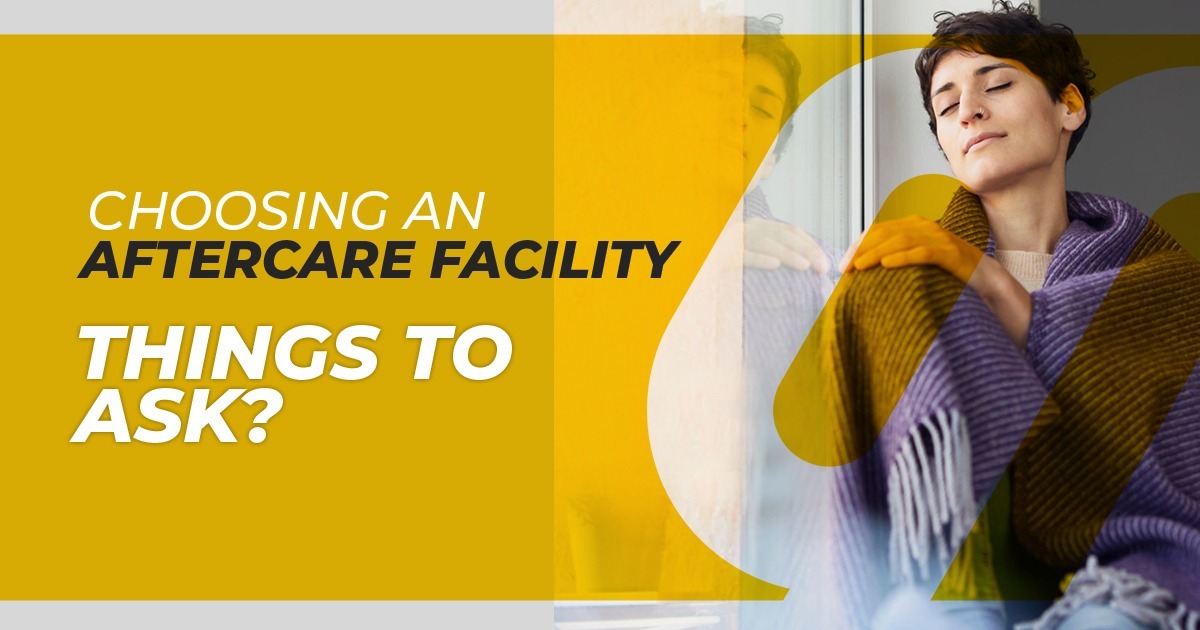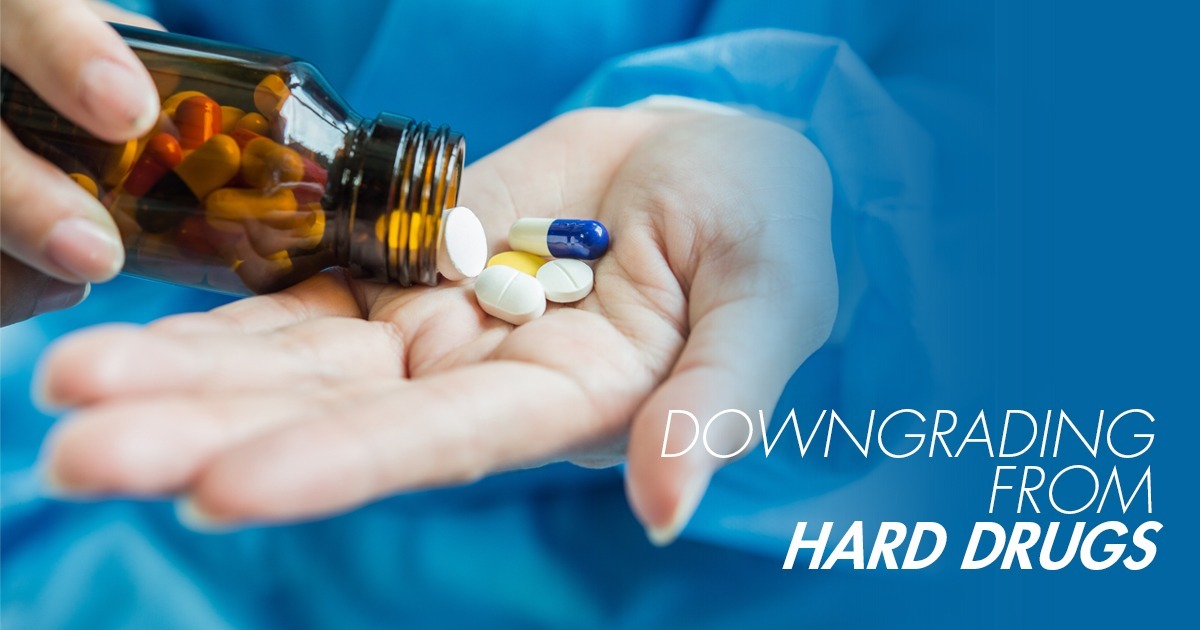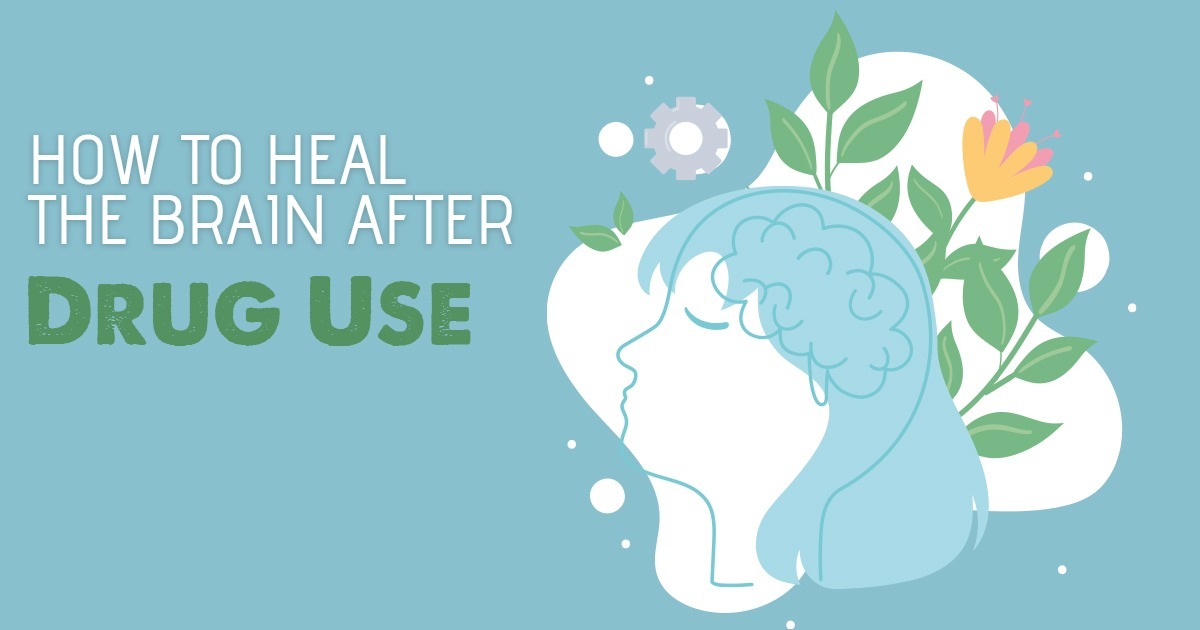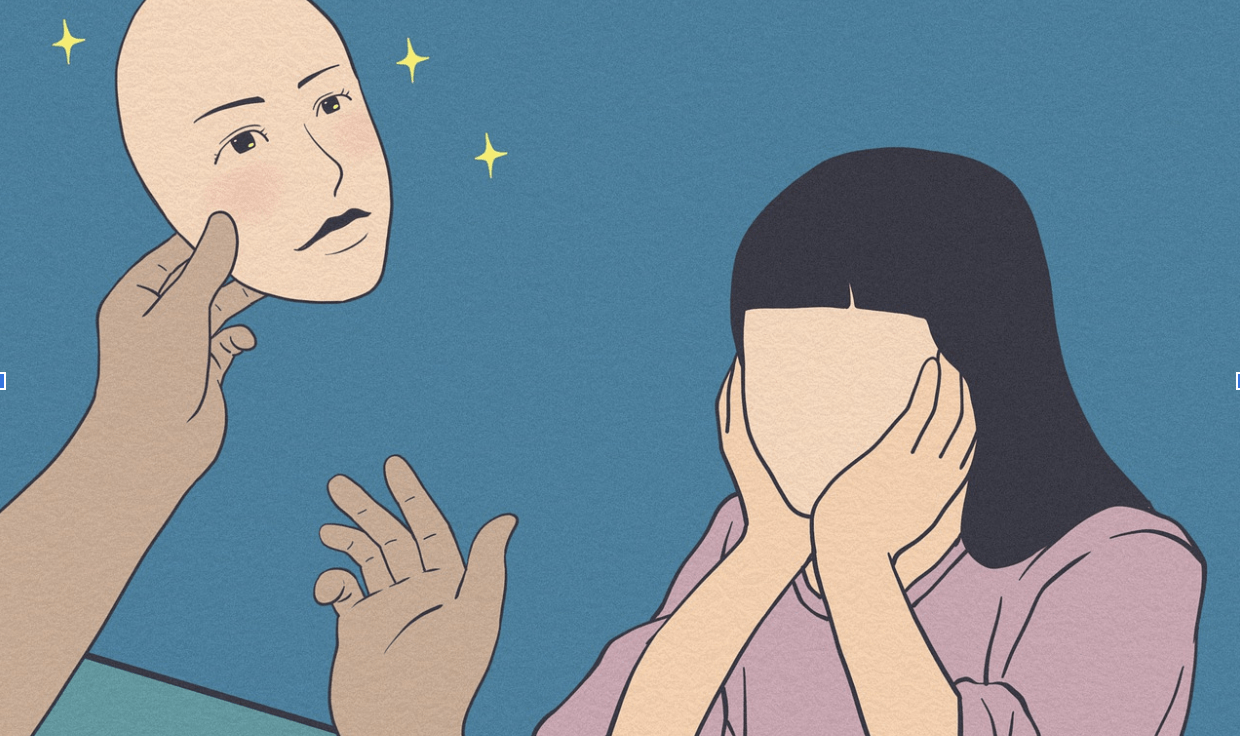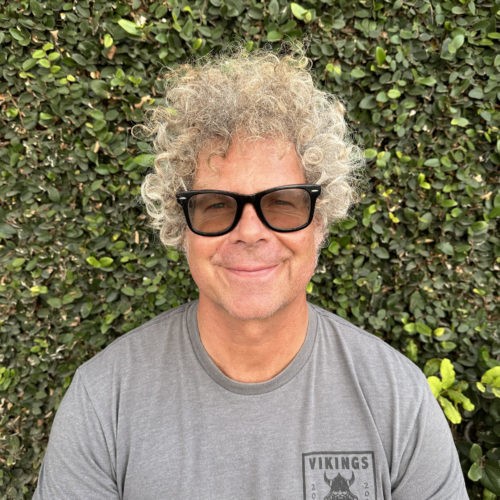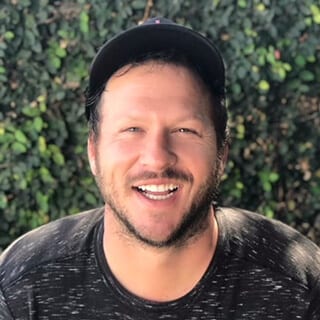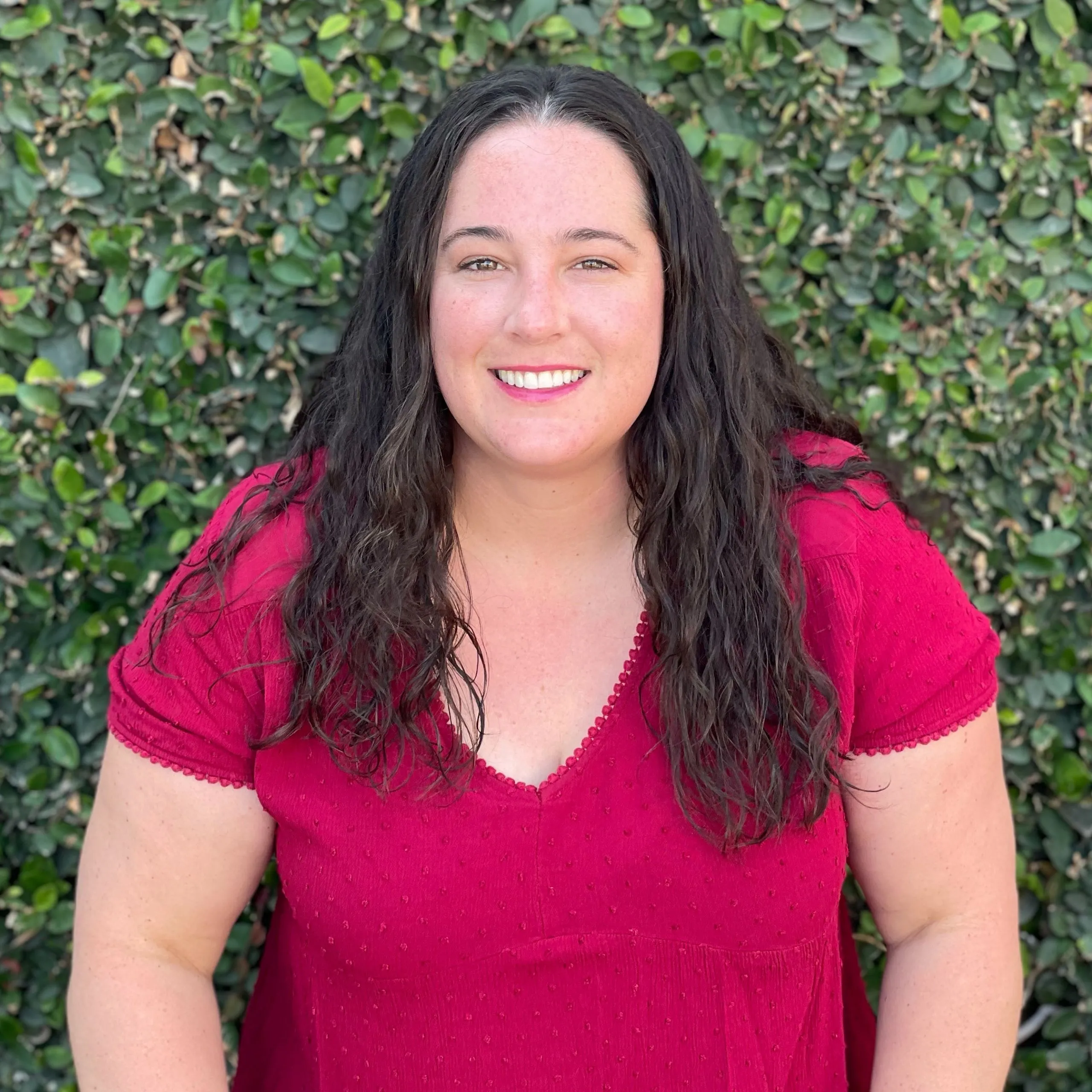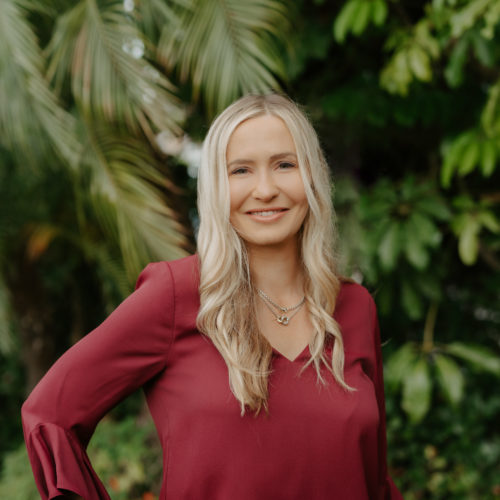
Liminal space is a term coming from the Latin word “limen.” We find that liminal space is a powerful phrase in addiction treatment and recovery.
So, why is that?
Limen means threshold. A threshold is any place of entering or beginning. The idea is that liminal space exists in the time between what was in your life and what’s next. There’s a sense of uncertainty in this season of waiting and transition. While that uncertainty can create anxiety, there can be power in this time.
Without liminal space, we’re unable to transform.
You’re moving out of the familiar and into the unknown. You’re leaving your old world behind but perhaps unsure of what your future existence looks like. It’s only within liminal space that you can genuinely emerge with a sense of newness.
When you don’t accept liminal space or encounter it, you’re going to be stagnant. Your old life or world becomes what you see as normal, so you can’t move forward in recovery.
The Thresholds of Recovery
Liminal space or liminality can feel like a free fall in some cases. You could be looking around thinking, “what now,” or “what’s next.” You might be shifting in terms of not just active addiction to recovery. Other shifts can include your relationships, your career, or perhaps the logistics of your life, such as where you’ll live.
- It’s incredibly unsettling to enter these transitional spaces.
- You have to walk through the doorways available to you to reach the moments that will ultimately define your life.
- Along with addiction and recovery, other examples of liminal spaces in our lives include job changes, a sudden loss like a death or divorce. Those events are inherently not positive and are devastating, but you do have the opportunity to move forward and make a positive shift.
- Often, with addiction, we tend to tie our drug or alcohol use to who we are. That’s our identity. The use of substances shapes everything we know and believe about ourselves.
- In a rehab program, you work to give up that old identity, leading to grieving, which is normal.
- You’re not only giving up the person you believed yourself to be and grieving that loss, but you also grieve the loss of drugs and alcohol.
- Through that grieving, liminality becomes the space to decide who we will be and what our lives will look like going forward.
- After completing treatment or when you begin recovery, you may only know that life won’t be the same and that you’ve gone through a shift as a person, but you may specifically know what that’s all going to look like.
- You stop being on autopilot in your life, however. You can change your perspective of yourself and the world and truly break those old thought patterns.
Navigating the Unexpected
Recovery is a challenge. We won’t sugarcoat that for you. There are going to be significant ups in your sober life, but also downs. Some days are going to feel harder than others, and you’re also going to have to accept the reality of the unexpected.
Going to treatment should help you learn healthy ways to work toward unexpected scenarios.
To deal with the time, you spend in that liminal space and to approach the unexpected healthily, remember the following:
- Acknowledge how you’re feeling. It’s okay not to have all the answers right away, nor should you. You should have a sense of preparation that you’re going to navigate what life throws your way. That preparation comes from the coping skills you learn in treatment, which is why it’s crucial to choose a rehab program that’s going to give you what you need for the future.
- Ask for help. We can work with you to create a support plan if you find yourself in a potential danger zone during rehab. Too often, people leave treatment with the misconception that they no longer need help or support from others and can be strong and do it independently. This is a mistake, and when you know when to ask for help and who to turn to, you’re going to be able to deal with unexpected or unpredictable situations more effectively with various lifestyle support options.
- Develop a routine. As you leave rehab and re-enter daily life, having a routine helps you avoid potentially harmful situations and make healthy choices. Having a pattern gives you a sense of control, even when things around you might not be within your control.
- Know what your triggers are. Our treatment team works a lot on this with everyone who comes through our doors. You have to learn what your triggers are to put in place ways to respond to them.
- Develop a new mindset. Your mentality needs to center around health and wellness. Prioritize those things that are part of this wellness-driven lifestyle. For example, prioritize eating well, exercise, sleep, and attending therapy and meetings.
- Set realistic expectations for yourself, especially in those earliest days of recovery. Don’t be too hard on yourself, and make sure that you’re creating small, achievable goals along the way.

Continuing Care As Part Of Your Treatment Plan
Again, we can’t emphasize enough how important it is that your treatment plan includes aftercare. If you don’t go to an evidence-based treatment center and you’re thrown back into daily life without a solid aftercare plan, your chances of relapse are high.
-
Your treatment team should have already developed a customized plan for aftercare.
-
You should have an idea of your triggers and how you’ll confront them with specific methods that work for you.
-
Your team may help you assess your living environment before treatment and see how it contributed to your substance abuse. You might move into a sober living house, or your treatment team could help you determine another supportive option for a new living environment.
-
Continuing care beyond your living environment can include participation in ongoing therapy. You might do outpatient rehab, for example, or perhaps an intensive outpatient program. You could also do family therapy.
-
Continuing care may include assistance with employment and housing, as well as education or parenting classes.
If you started a 12-step program during treatment, you could continue that or another type of addiction support group.
Overall, expect a period of adjustment after rehab and in recovery. Continue to focus on recovery as your top priority, and know that you’re well on your way to achieving your long-term goals despite being in that transitional, liminal space.
If you haven’t received treatment, we encourage you to call 866-600-7709 and explore the programs at Anchored Tides Recovery, which help you achieve both short and long-term goals.

